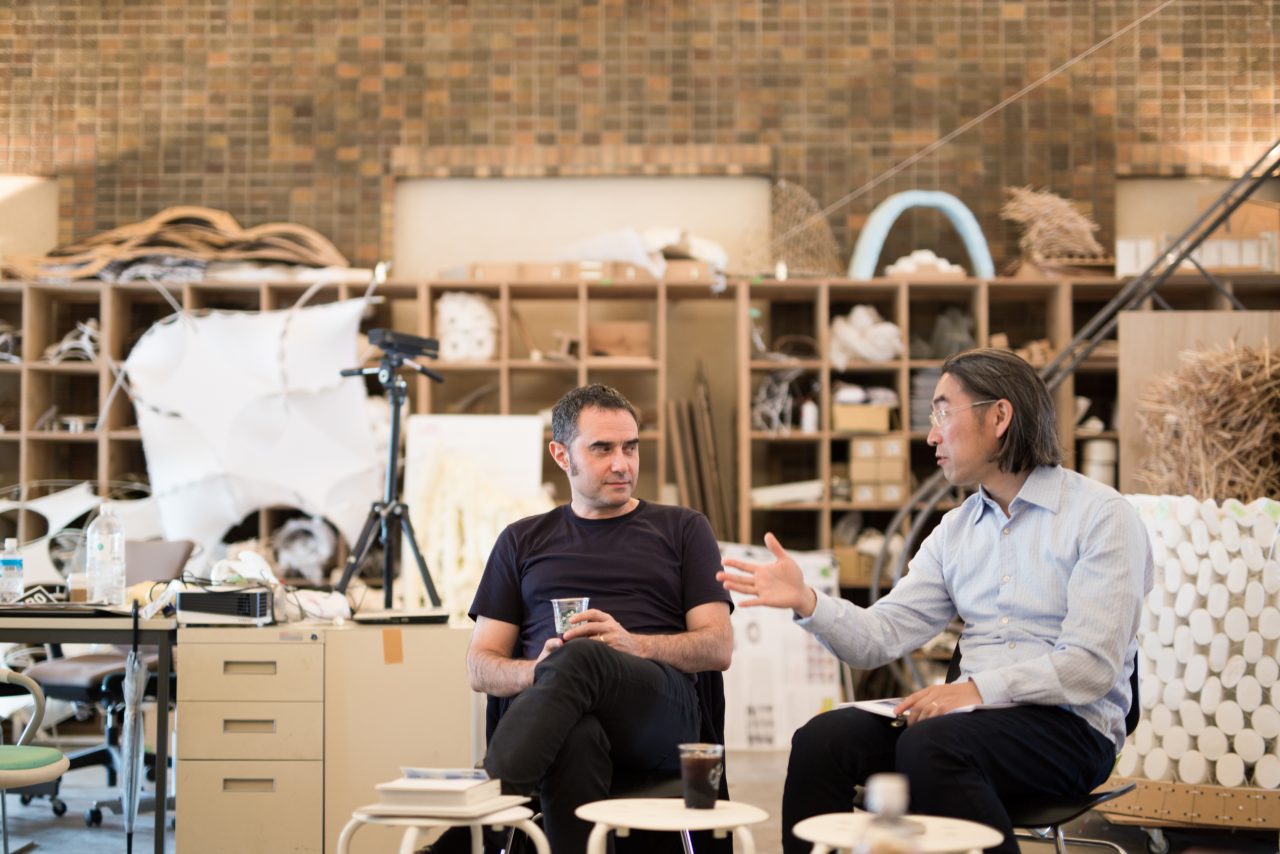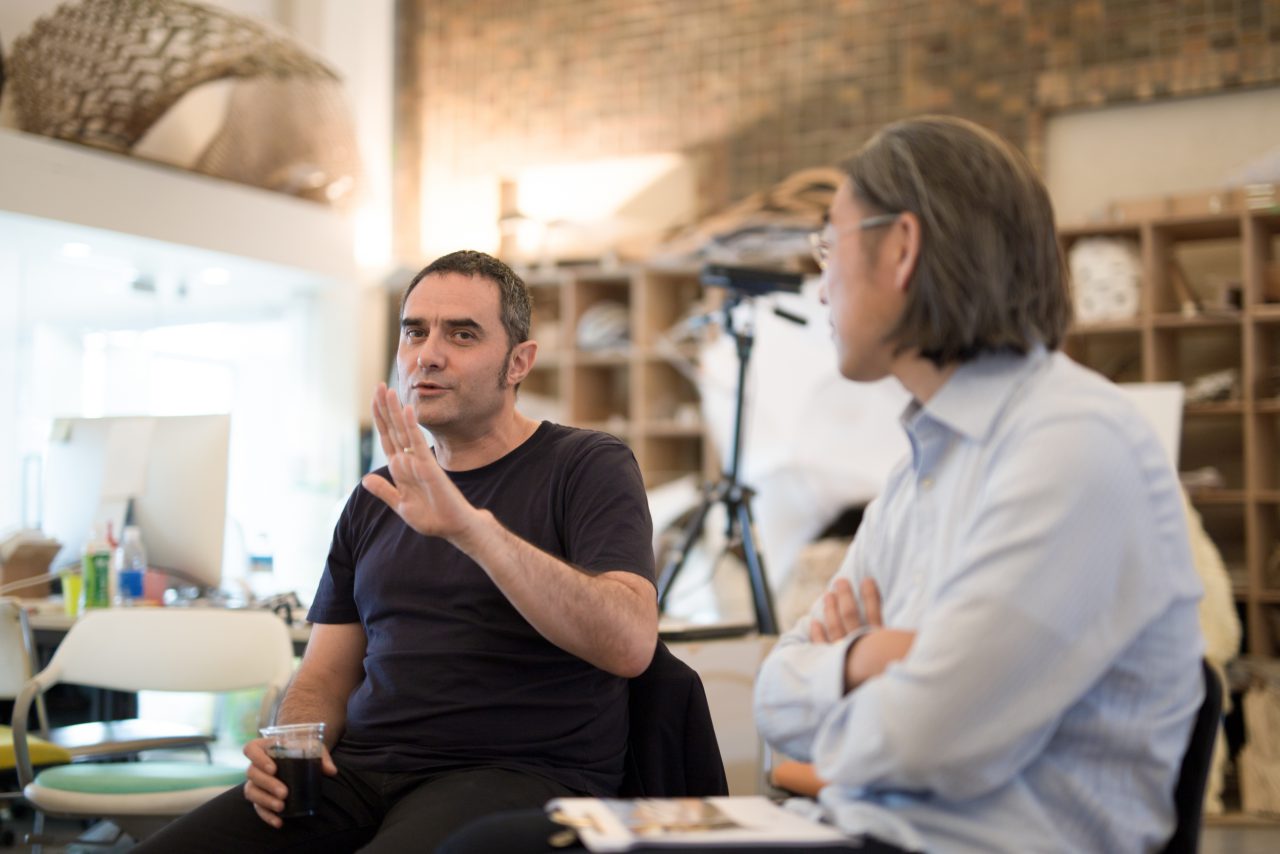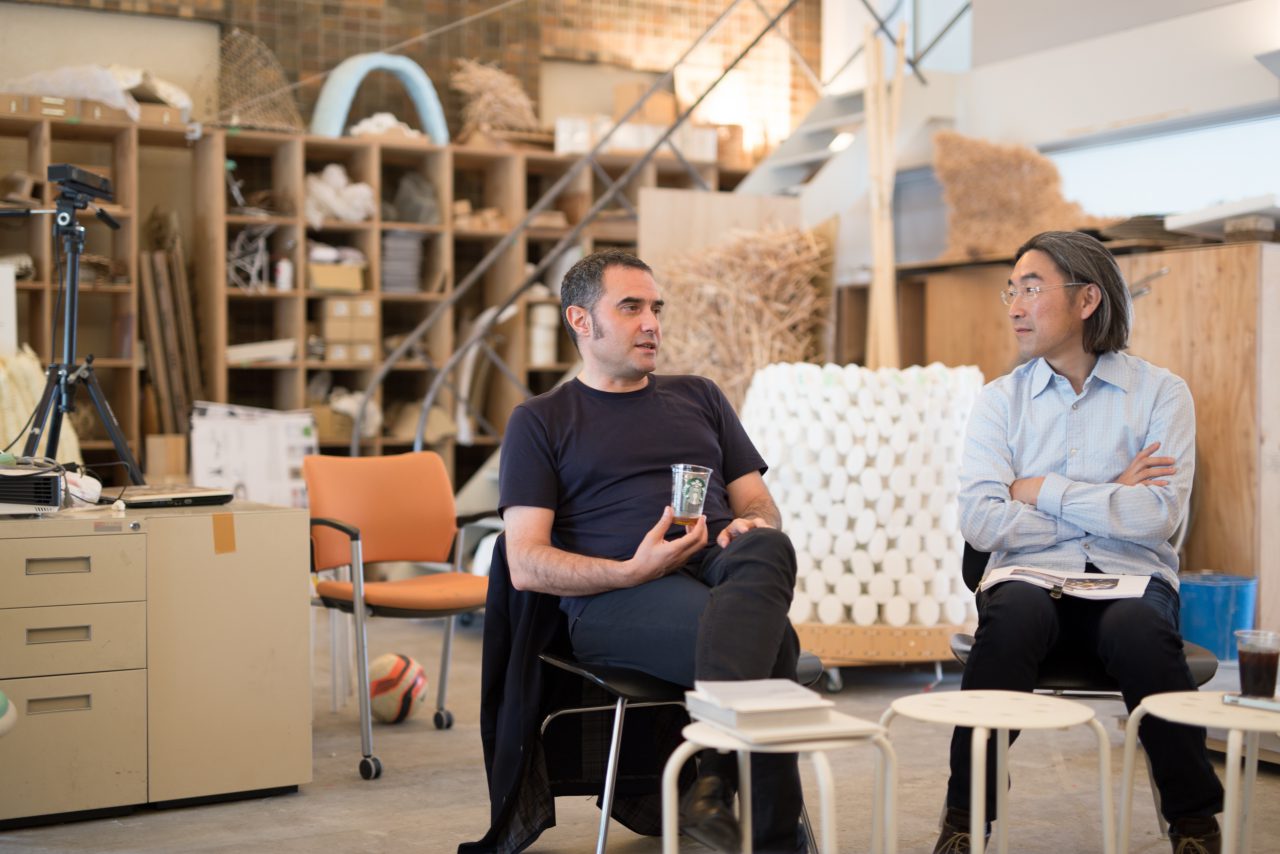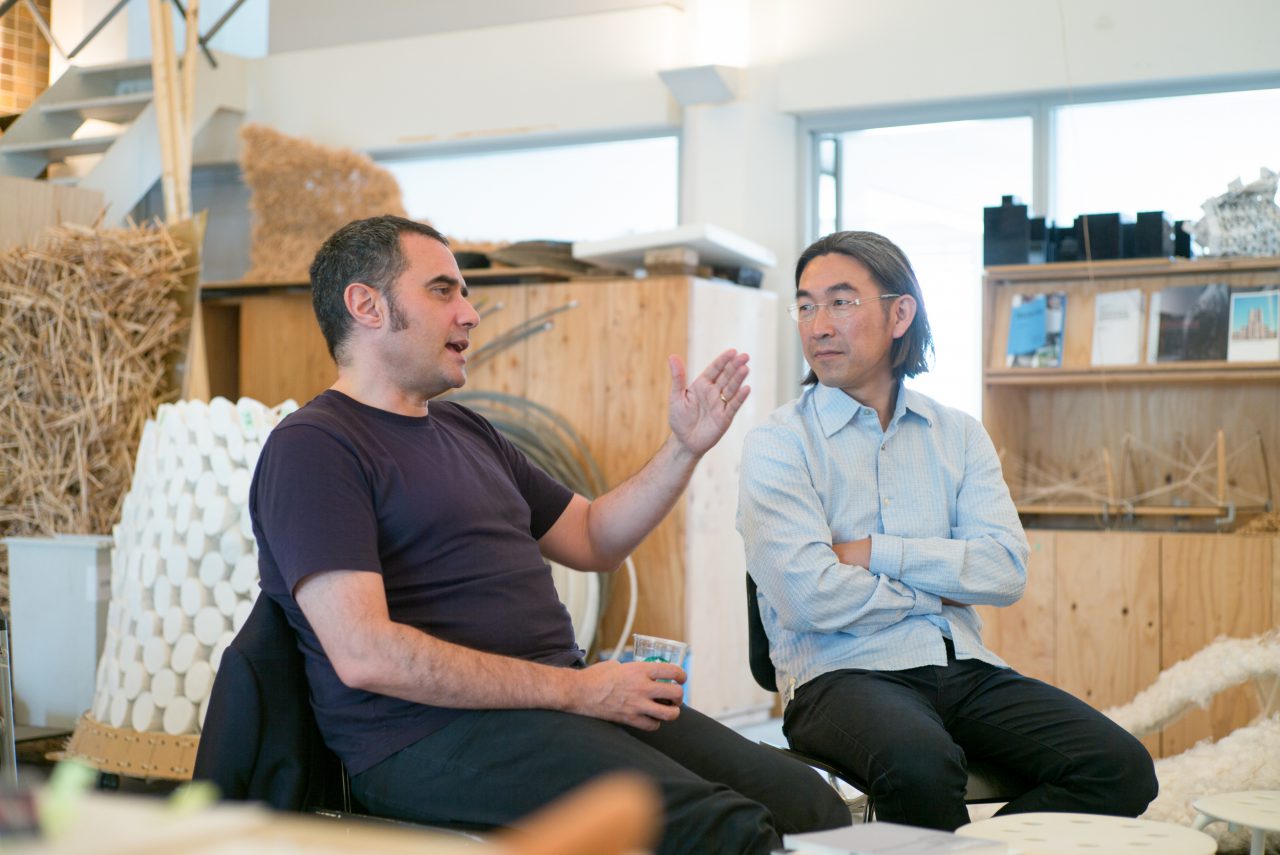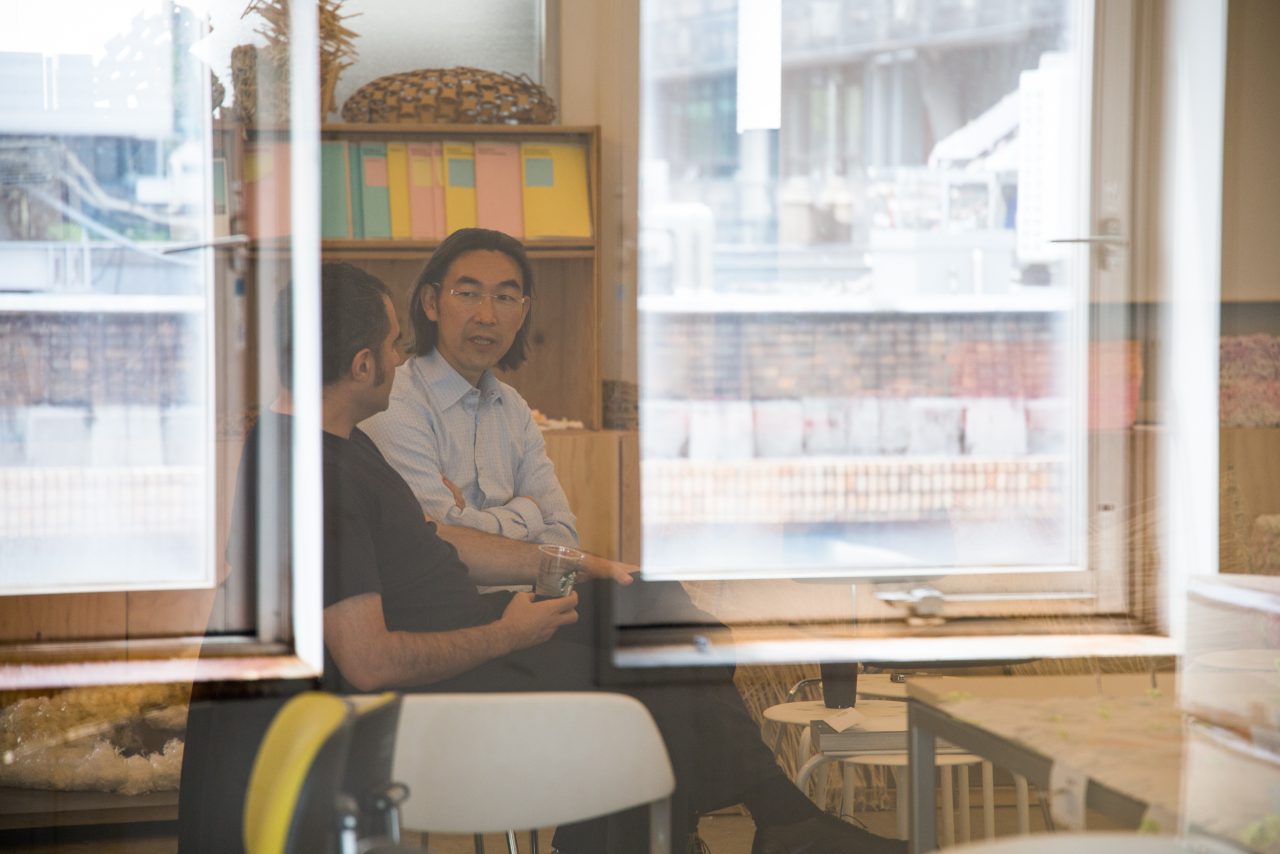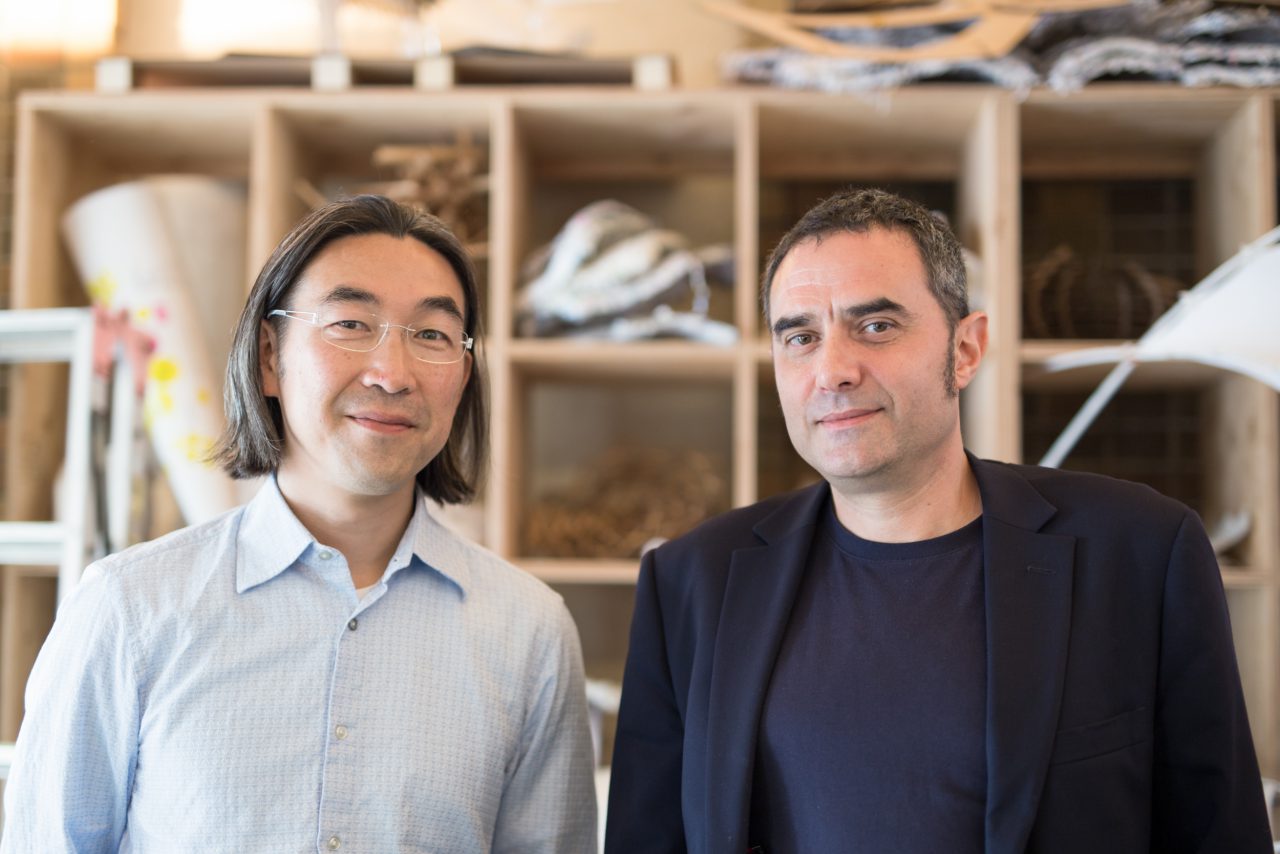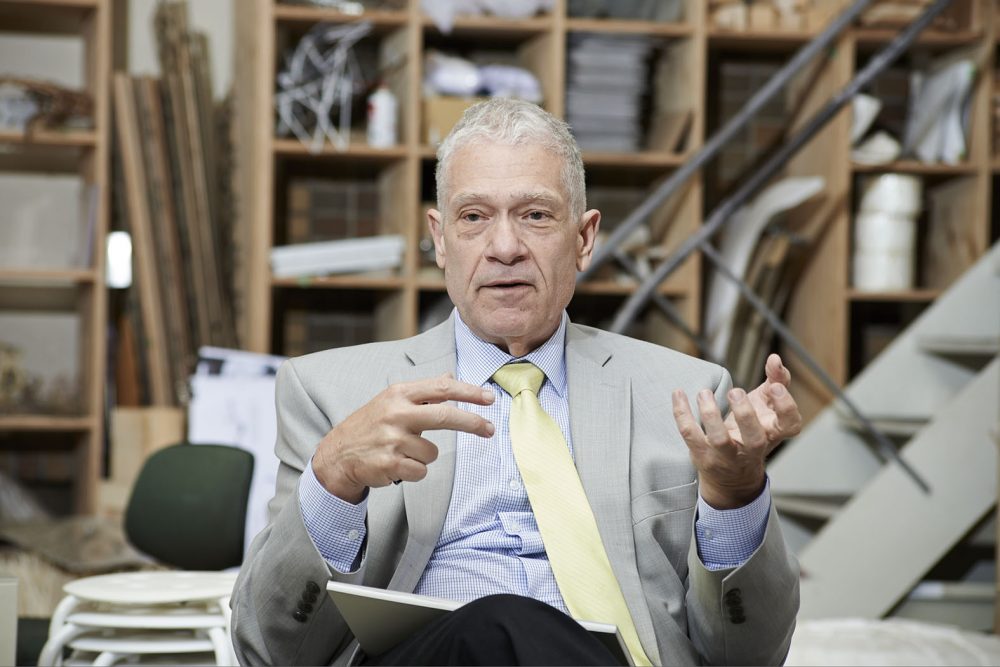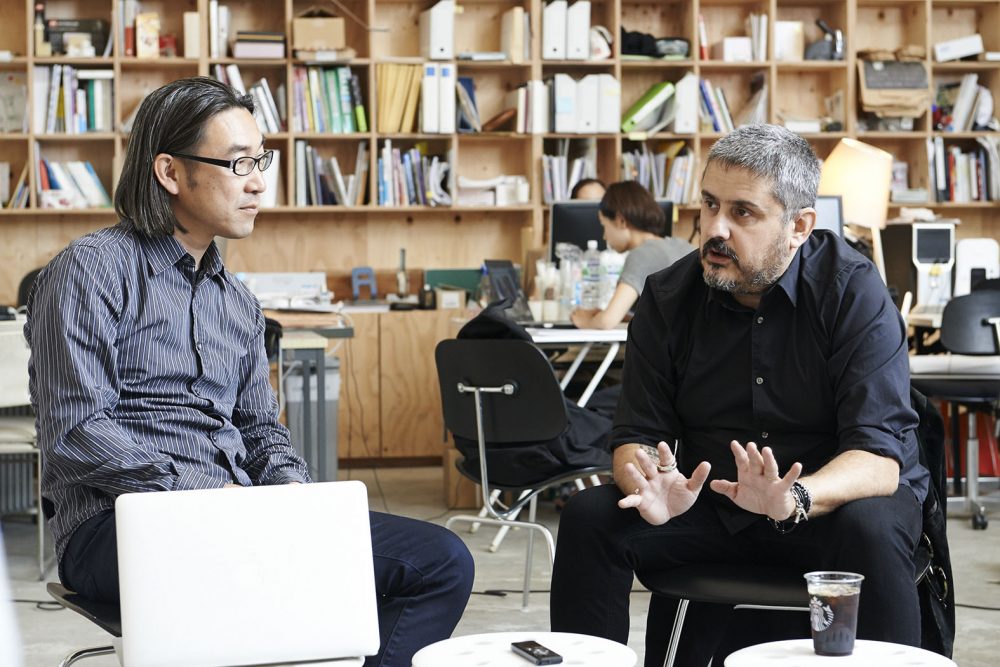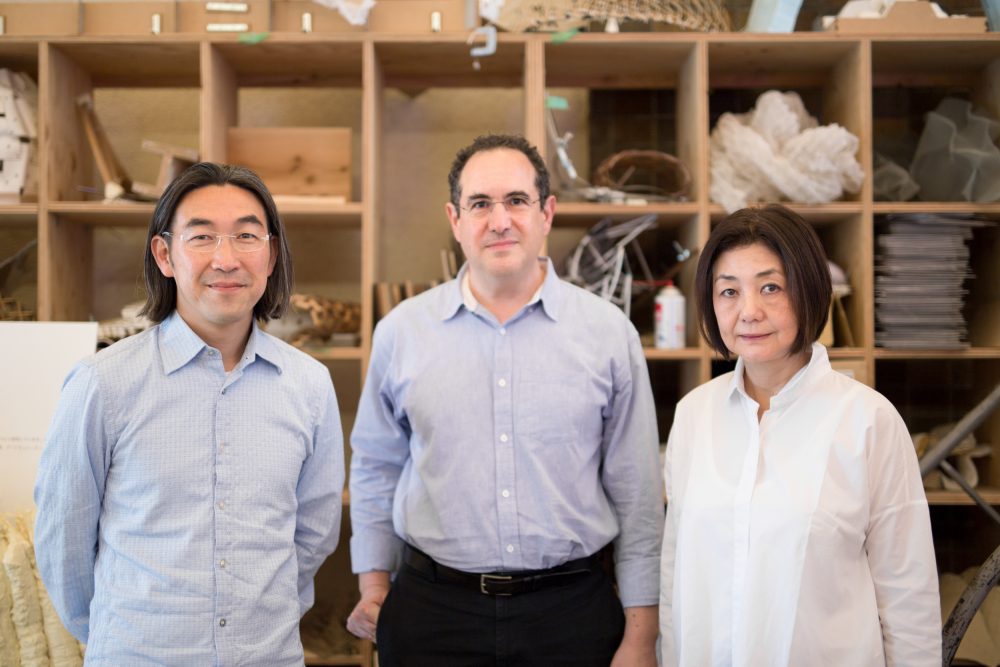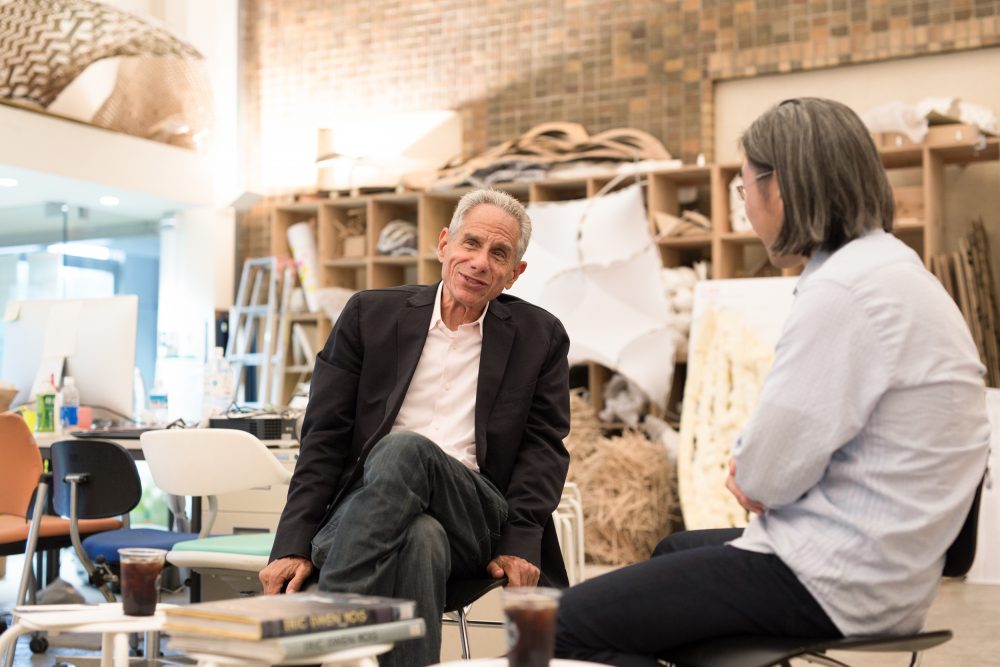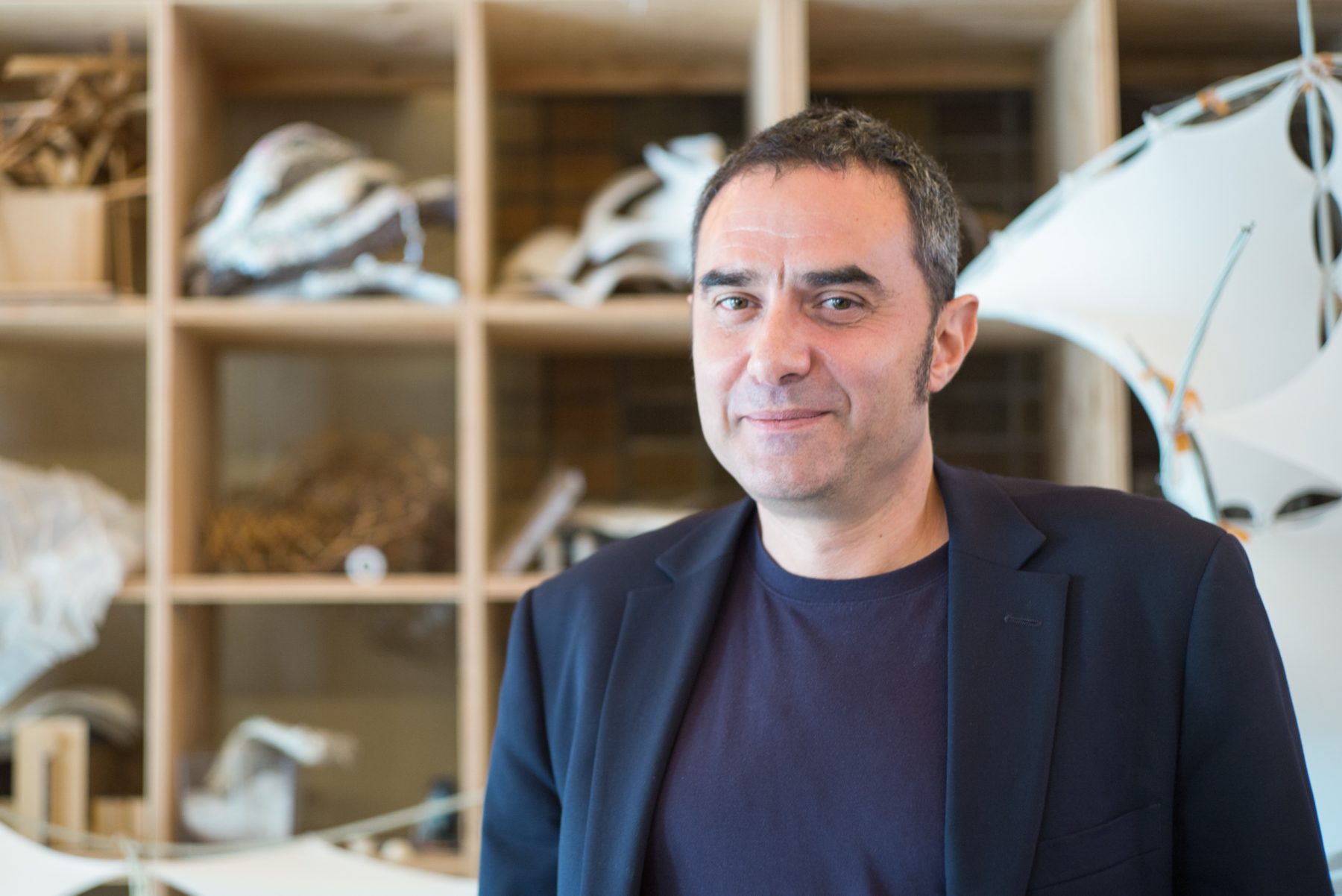
Series THE SAGA OF CONTINUOUS ARCHITECTURE
"Why is This Guy Asking Me to Think about
the U-value and the Leakage?"
06 Sep 2016
- Keywords
- Architecture
- Conversations
- Interviews
Associate Professor Yusuke Obuchi of the University of Tokyo conducted a series of interviews with architects / architectural critic working at the forefront of the field. In this session, he spoke with the internationally acclaimed architect Alejandro Zaera-Polo, who is known for designing projects such as the Yokohama International Passenger Terminal.
Zaera-Polo discusses his ideas on the building envelope, the potential of windows for sustainability, and the roles of the architect in the future.
Yusuke Obuchi (hereinafter referred to as Obuchi): What are some of the concerns you have, particularly about the current state of the window?
Alejandro Zaera-Polo (hereinafter referred to as Zaera-Polo): For example, as for aluminum products, I actually like them very much. I think they are fantastic, but as you probably know, aluminum is a very energy-intensive material.
Now, I think architects are going to be increasingly concerned about the energy embedded in the building materials, so I think that that’s a challenge in a way because companies are going to have to address the question of the amount of energy that is invested in producing aluminum, which is a highly artificial material. Another issue that is important with respect to window profiles or façade profiles is the thermal conductivity; the U-value that the profile has.
Obuchi: What you are saying is there’s the issue of the relationship between the image of sustainability and the actual practice. People do not normally associate the production of aluminum with environmental issues.
Zaera-Polo: Yes, that is a big problem. It is very energy-intensive to produce aluminum. I have also heard some interesting things about the advantages of aluminum, such as that it’s 96% recyclable.
Obuchi: Is it also energy-intensive to recycle aluminum?
Zaera-Polo: Once you have aluminum products, whether it is a coke can or it is a window profile, if you can set up a mechanism to recycle the material effectively. Some people say that aluminum’s recycling model is the same as steel versus concrete. There are people who say that steel is actually much more environmentally friendly than concrete, even if it is more energy-intensive because it can be recycled. I understand aluminum is more recyclable than steel, so once you have the aluminum product, you can keep using it. I think the rate is actually very high.
Obuchi: That’s interesting, because glass, for example, is recyclable but every time it is recycled, the quality goes down. It becomes more and more impure. I guess aluminum is different; it maintains its quality during the recycling processes.
Now, let’s shift topics a bit, though. You are a practitioner, you are an educator, and you are a theorist interested in sustainability. The things that you are talking about right now aren’t necessarily concerned from the point of view of a practitioner but are rather part of a greater theoretical framework that perhaps you are formulating.
Zaera-Polo: No, I don’t think that’s entirely true, at least not in Europe. I realized that there was an interesting issue here when I was working with the building industry in England. In Europe, those issues are actually very, very important for the building industry and for the practice. I basically got this simply out of being in design meetings and realizing that people were actually talking about things that were not at all considered by theorists or by architects when doing design.
Obuchi: What I have observed in Japan is that there is less emphasis on architectural theory and more emphasis on making. Sometimes theory emerges out of the way buildings are constructed.
Zaera-Polo: That’s true. The first iteration of the envelope theory was more constant. In a way, everything I do is related to my practice. I believe it needs to be like that. This is a problem with American academia.
It’s totally self-nourishing and self-reflecting, so if you go out and work with a curtain wall manufacturer and you work in practice, you realize that when you are called in to make a building, nobody wants you to reinvent the shopping mall. They want you to do a nice façade and maybe a nice soffit and a floor, but go and talk to a client who wants to do a shopping mall. Tell them that you have a great idea to change the way shopping malls work, and you’ll probably lose the commission.
Obuchi: Even though you tried to do that in Yokohama International Passenger Terminal.
Zaera-Polo: Yes, but it was the outcome of a competition. So, in a way, we didn’t have to convince anybody. We presented an idea, and it happened. We were working on a kind of niche typology. There are not very many ferry terminals in the world.
I mean, compare it to office buildings or apartment buildings or shopping malls. There are many more shopping malls, many more office buildings, and many more housing buildings than ferry terminals. So, in some ways the typology of the ferry terminal is not established in the way a residential typology or an office typology or a shopping mall typology is established.
-
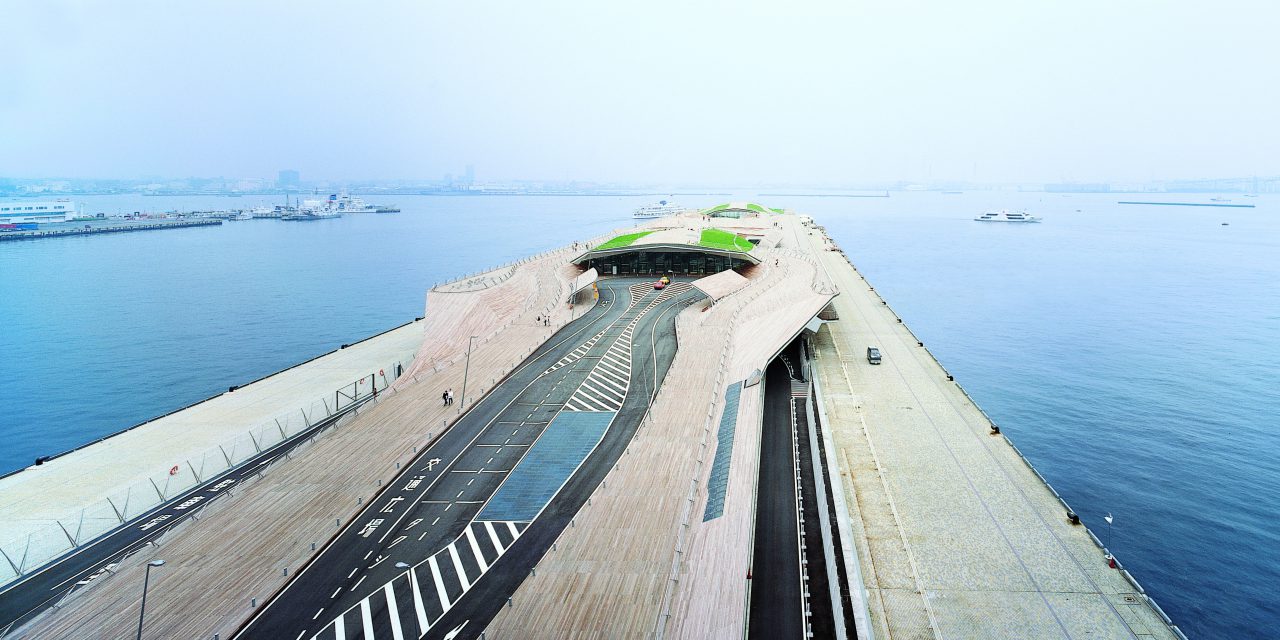
Yokohama International Passenger Terminal ©Ramon Prat
Obuchi: Clients are more willing to explore ideas.
Zaera-Polo: Exactly. You had more room to play. Like airports. Airports are basically industrial buildings. The first airports were sheds. Now we are getting to a point where airport typologies are becoming more and more constrained and more and more streamlined. When that happens to the building typology, you’re basically stuck. Your capacity to affect the way in which the building works diminishes, and your task becomes much more superficial and ornamental. You are not designing the infrastructure of the building. That’s basically why by also being involved in practice I realize that this is what is happening when we decide on certain typologies. Nobody wants you to invent the typology. Their typology has been invented and it’s increasingly difficult to change typology.
For example, office buildings are increasingly global. You cannot design an office building in London that is not suitable for people from Japan or the other countries to work in and vice versa. You wouldn’t build an office building in Japan where you cannot have people from another culture coming. The rigidity of this typology is because of globalization.
The best example of this is a car. You cannot think of a car that has the steering wheel on the axis of the car because we would have to change everything, including the international road system. A car designer will not look at the problem of whether you can improve the car by putting the steering wheel in the center of the car even if it is potentially more effective simply because the inertia of the system is such that you are not asked as a car designer to consider those questions. And so, in the same way, architects cannot reinvent the shopping mall and the inertia of the typology is increasingly greater.
Obuchi: So, the theory of the envelope you’ve been exploring is exactly that; there’s still room to play.
Zaera-Polo: Exactly. I became interested in the subject because I saw that my services were focusing around the envelope. That’s what I could offer to my clients. They didn’t want to know how to do the next type of shopping mall.
Obuchi: Right. So, within that room of play there is a range of issues that we just talked about; sustainability, technology, practicalities, and theories, and what they do in terms of effect and performance.
Zaera-Polo: Yeah, the other interesting thing about building envelopes is that right now because of all these sustainability concerns, they are becoming a huge field of investigation.
If we were able to reduce 10% of the carbon emissions in our industry we would do a huge service to the world. You can spend billions of dollars investigating fuel for airplanes in order to reduce carbon emissions but that’s a fraction of what you can get if you improve the façade quality in buildings. The English speakers say it’s a low-hanging fruit. It’s easy to do and it’s relatively cheap. It’s much cheaper to investigate technology for building façades and window systems than airplane fuel and other things.
Obuchi: Right, because of the quantity that they can deal with.
Zaera-Polo: And because it’s a relatively simple technology. Architecture is not nuclear physics or the aerospace industry. It’s a relatively modest and almost brutal industry. It should be very easy to make very big changes to the industry by investing in research on these issues.
This is something that has only become apparent to me after being in practice for a number of years and realizing that we are doing things without thinking about what we are actually doing. I think this is the fault of the architects, because most architects are not aware of this.
-

Weifang University Main Administration Building, Weifang, China ©AZPML 2013. All rights reserved.
-
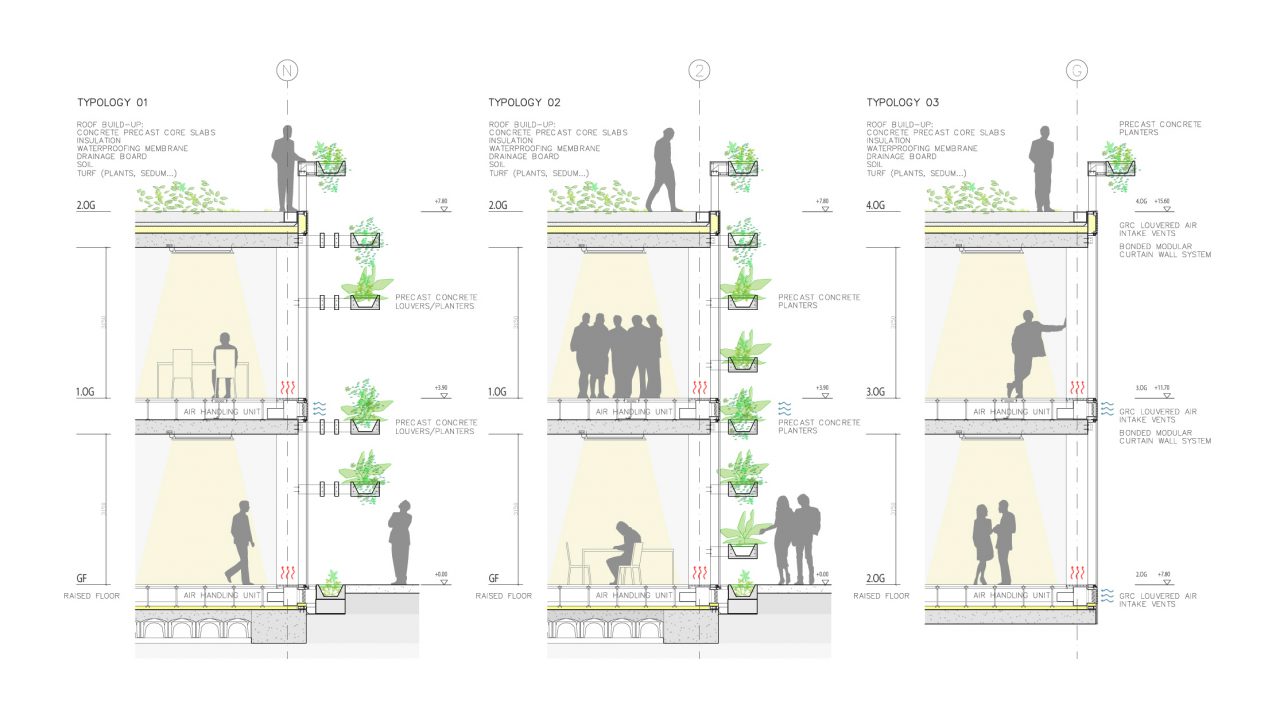
Weifang University Main Administration Building, Weifang, China ©AZPML 2013. All rights reserved.
The discourse of architecture is completely oblivious to these issues and I think it’s very important to think about that. I believe that we as a profession need to become aware of these things and need to develop the sensibility and the capacity to express those issues in the design.
Obuchi: I think architects in the industry are aware of that, but what you are saying is that that has to be not just part of a checklist. Rather, they have to think entirely differently. So, it’s not like you design, and then when it comes to detail, you consider how to actually incorporate sustainable issues. You have to think about those issues from the very beginning; the ways in which all those issues – such as how window frames are made – to create a large effect.
Zaera-Polo: Yes. This is something that I have started thinking relatively recently. In some ways, the façade research was very much about realizing that there were certain technologies that had history and had certain tendencies. We need to become aware of them and capable of utilizing them as a generative architectural concern.
Obuchi: Are you suggesting that there is room to play, even in designing window profiles, which could be very straightforward, technical issues?
Zaera-Polo: Well, I think that it would be very difficult for us to be able to act on these issues, although many of the architectural products that appear come out of the engagements between manufacturers and architects. When you are an architect, you want a certain quality in your building and you are working with fabricators. What is the supplier’s capacity to react to the specific demands of an architect as opposed to simply producing a standard product? When producing a product like computers, it’s probably the same product here as it is in Spain or in the United States. But the façade of a building is a relatively customized and unique product, so there are probably standard ranges of aluminum extrusions.
Obuchi: In the old days, the aluminum frames for windows were put together by the contractor or the carpenter. They cut the standard aluminum sections and fit them on-site as needed. But nowadays it comes as a completed window frame product. All you have to do is to insert it into the opening in the wall. Can we say that standard products might constrain architects’ abilities to design?
Zaera-Polo: Yes, but it doesn’t mean anything. There is also an interesting project in taking a good quality standard and playing with it as an architect.
Obuchi: You consider both small-scale details and overall design ambitions simultaneously like constant feedback processes.
Zaera-Polo: Exactly, exactly. I like that. I don’t think that you can do good architecture if you don’t do that.
The complexity and the uncertainty that exists when you try to change the standard is great. It’s huge for them. Building physics are actually quite simple, but they get really complex. There are weird effects that can happen out of oxidation or decay of materials, but architects don’t normally care about these things. People who deliver façades do. I learn a lot from talking to these people.
Obuchi: That’s interesting. How do you even teach something like that without going through a series of projects and then dealing with the real issues?
Zaera-Polo: It’s not easy. I think this is a big problem, because at least in the States the students themselves are just not getting it. Not because they are stupid. It’s because they have never been taught that these issues are important. It’s, “Why is this guy asking me to think about the U-value or the leakage?”
I think that unless architects are able to change the way they think and change the basics of the discipline, we are going to be replaced by façade manufacturers. The way architecture talks about itself is very inwards looking; it’s very artistic. We don’t communicate with the people.
People do care. There is a growing consciousness in the public that these issues are important. Architects are totally out of it.
-
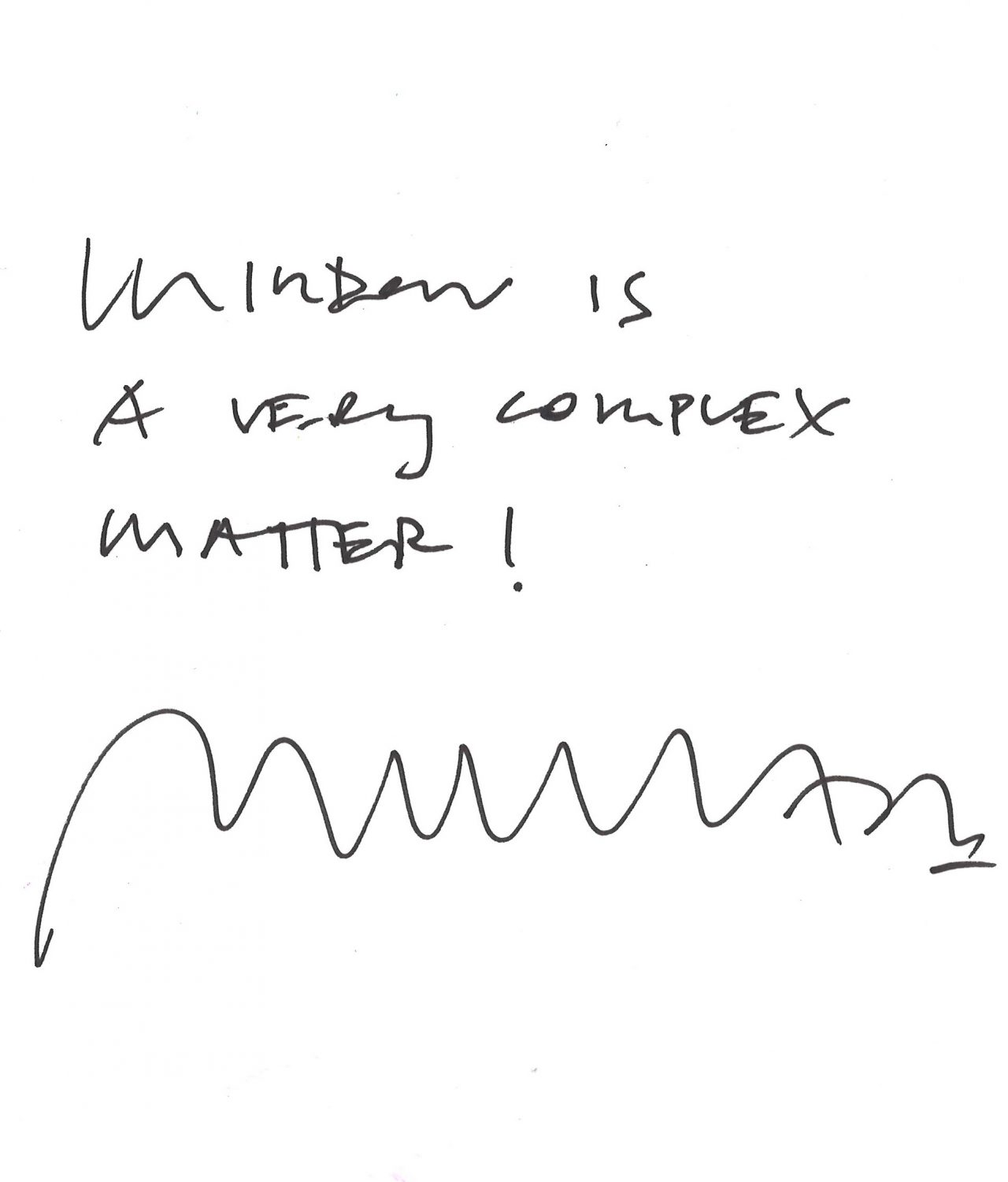
“Window is a Very Complex Matter!”
Alejandro Zaera-Polo
Alejandro Zaera-Polo is an architect and theorist. He is the former Dean of the Princeton School of Architecture and the co-founder of Alejandro Zaera-Polo and Maider Llaguno Architecture (AZPML), an international practice based in London, Barcelona, and Zurich. Zaera-Polo’s projects include the award-winning Yokohama International Port Terminal, the Birmingham New Street Station Redevelopment, and the Ravensbourne College of Design and Communication in the United Kingdom. Awards received by Zaera-Polo include the Enric Miralles Prize for Architecture, the Kanagawa Prize for Architecture in Japan, five RIBA International Awards, and the Charles Jencks Award for Architecture. He has served as Dean of the Berlage Institute in Rotterdam in addition to serving as Dean and instructor at Princeton. His writing has been published in Volume, Log, A+U, and El Croquis.
http://azpml.com/
Yusuke Obuchi
Born in Chiba Prefecture in 1969. University of Toronto Department of Architecture from 1989-1991. Roto Architects from 1991-1995. Graduated Southern California Institute of Architecture in 1997. Completed Princeton Graduate School Master’s Course in 2002. RUR Architecture from 2002-2003. Course Master, AA School from 2003-2005. Director, AA School Design Research Lab from 2005-2011. Instructor, Harvard Graduate School of Design in 2013. Visiting Associate Professor, Princeton Graduate School from 2012-2013. Project Associate Professor, The University of Tokyo from 2010-2014. Associate Professor, The University of Tokyo from 2015-present.
http://t-ads.org/
http://obuchi-lab.blogspot.jp/
